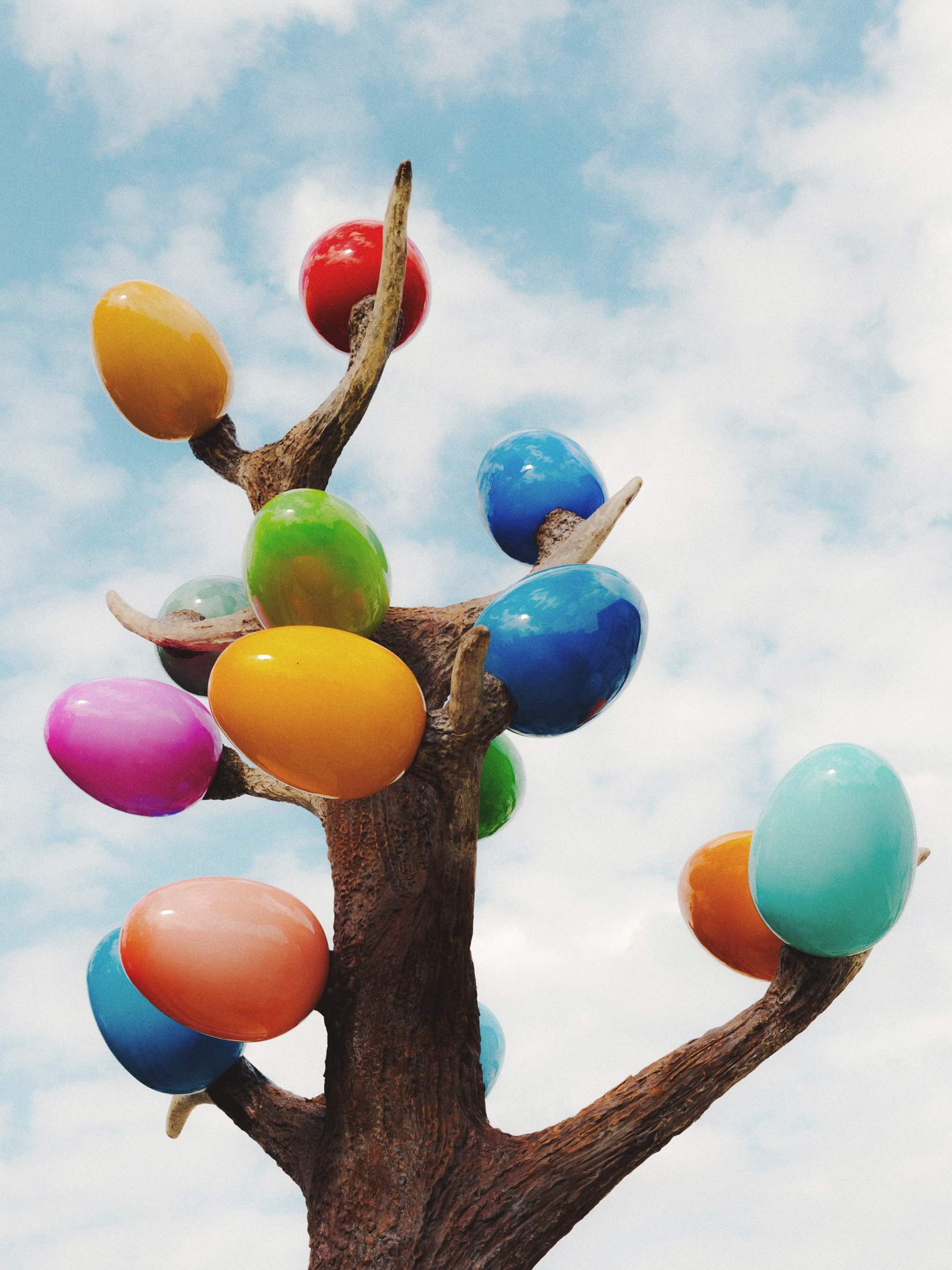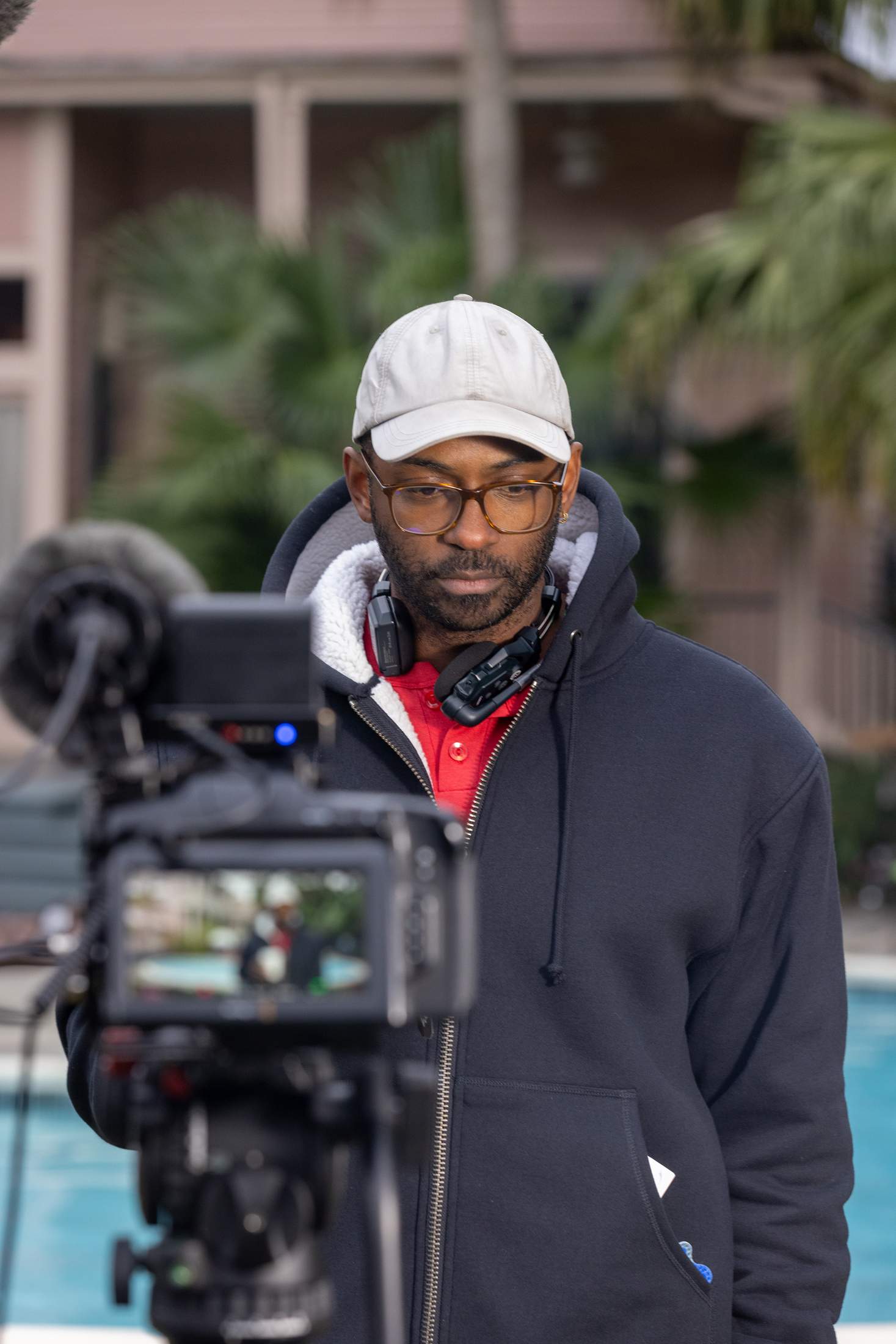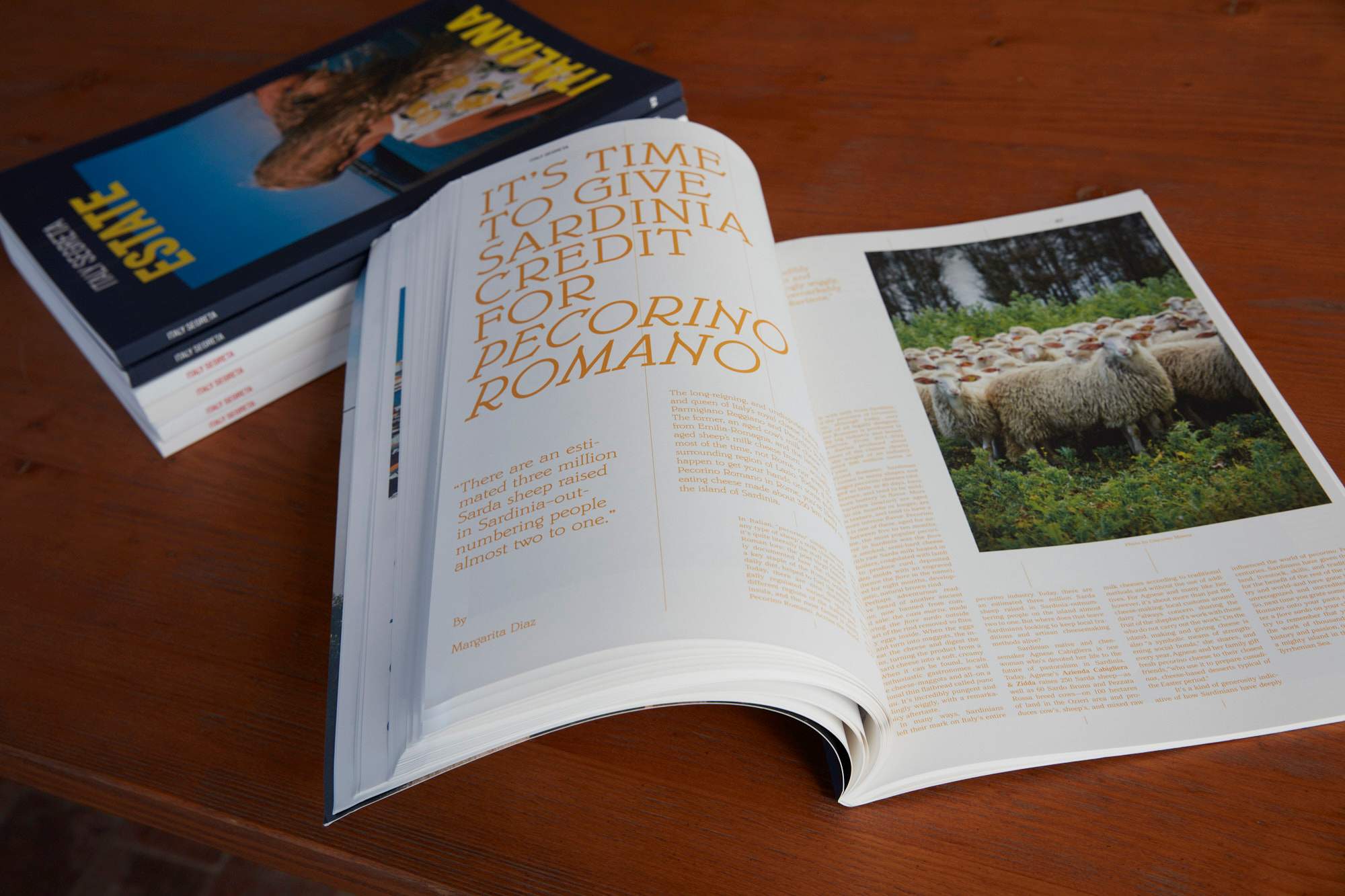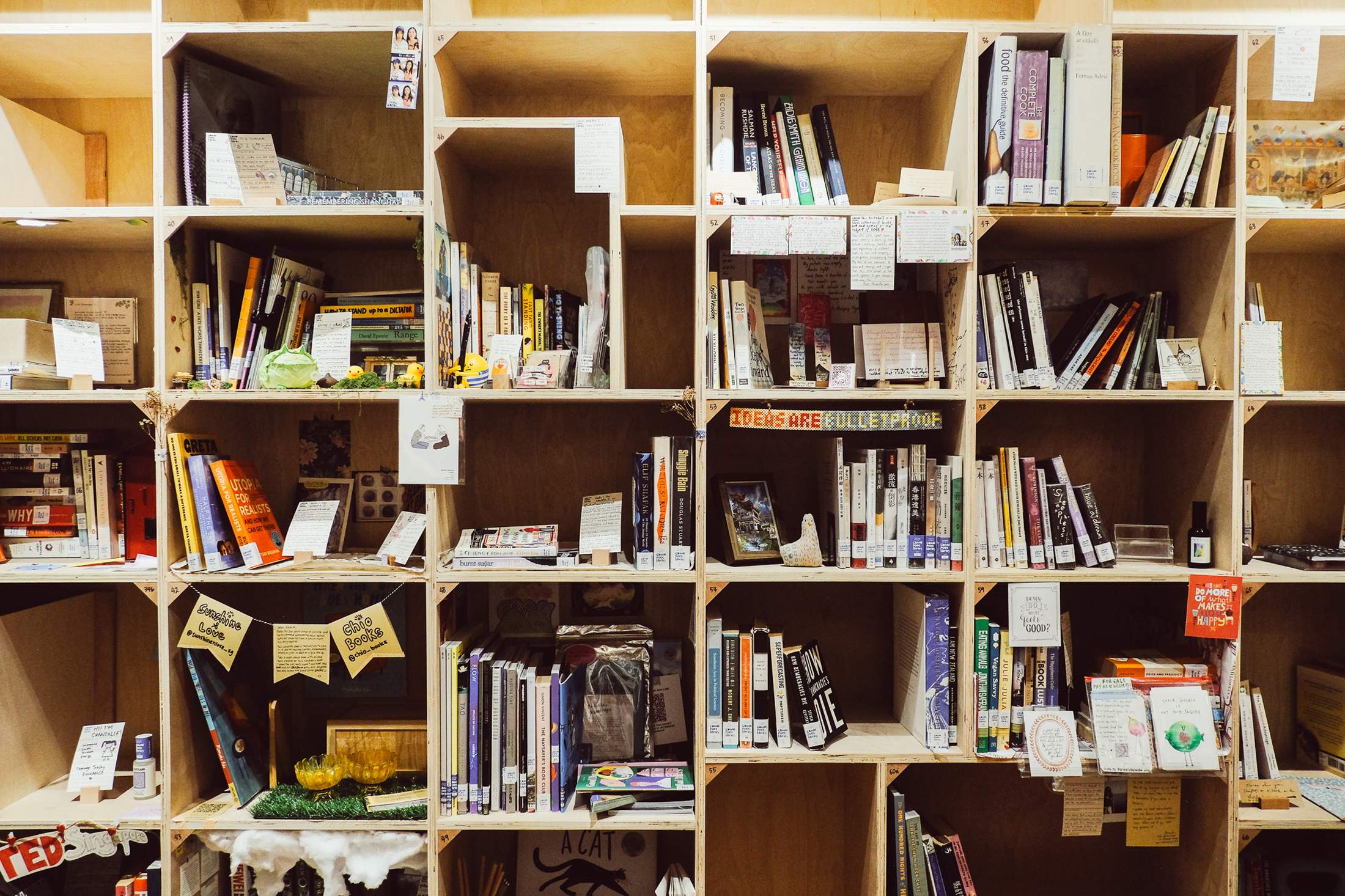December/January / Global
The Agenda: Culture
A community library in Singapore, Finland’s new soundtrack and more.
ART — FRANCE
House proud
If you find yourself at an art fair and in need of a drink, chances are that a cold glass of Ruinart will be available to quench your thirst. The champagne house – which was founded in 1729, making it France’s oldest – has long fostered close ties with the contemporary art world. This relationship is the focus of Ruinart’s newly renovated headquarters in Reims. In addition to a sparkling new pavilion designed by Japanese architect Sou Fujimoto, artworks have been peppered throughout the site. Visitors will come across the first of these works – a flag painted with a calendar by British artist Marcus Coates – after following a zigzag path flanked by steep limestone walls up to the maison. Every day, a new flag replaces the last, with a description of how nature in the Champagne region is changing with the seasons. “Most of the art pieces here are about our connection with the living world,” Maison Ruinart president Frédéric Dufour tells monocle. “This harmony with nature is absolutely crucial for us – our product comes from nature.”

Coates’s work is one of almost 20 pieces that can be seen in the Artists’ Garden. But there are also artworks inside the pavilion and the Unesco World Heritage-listed chalk cellars, where artistic duo Mouawad + Laurier has installed a giant sculptural “root” adorned with Murano-glass lamps. In response to climate data, it moves, lights up and emits sound. While ancient cellars and vineyards might be a far cry from the booths of Art Basel or Frieze, they represent a new creative iteration of Maison Ruinart and reinforce a universally known truth: that art is best observed with a glass of champagne in hand.
ruinart.com

FILM — USA
Q&A

RaMell Ross
Director, ‘ Nickel Boys’
Adapted from a novel by Colson Whitehead, the film Nickel Boys tells the story of two African-American boys, Elwood and Turner, and their traumatic experience of a reform school in 1960s Florida. Here, director RaMell Ross describes his unusual directorial decisions and his personal association with the story.
Why did you want to adapt this novel?
The book is about me in a way. I guess that I’m Elwood or Turner, given the type of family that I came from in the suburbs. What happened to them could have happened to me too.
The film is shot from a striking first-person perspective. Can you talk about that decision?
It seemed as though it was the right approach. Coming from an arts background, I believe that the intent of any project is just as important as the result. If the film doesn’t make a big splash but people get to access Elwood and Turner’s life and Whitehead’s novel through this subjectivity, then that’s a success to me.
Why did you want to use archival footage in ‘Nickel Boys’?
It opens the film up. It also helps to ground it in a way. The footage allows it to be both a Hollywood production and a film that shows what’s happening and what’s at stake in the real world.
MUSIC — FINLAND
Take note
If your country were a piece of music, what would it sound like? That’s the question that the Finnish Ministry for Foreign Affairs asked before commissioning Lauri Porra, one of Finland’s most revered contemporary composers, to create the nation’s soundscape. The idea is not to present Finland’s greatest hits to the world but to capture the country’s essence through mental images of nature, which are expressed by the sounds of instruments.
“It could be the colour of the sky, a forest scene or the sound of the water running in our rivers,” Porra tells monocle. “It’s not about recreating these sounds but capturing the feelings that they evoke.” The finished piece, which will be ready in time for Finland’s Independence Day on 6 December, will become the soundtrack to parties and other events thrown by Finnish embassies across the world.
Porra was given creative freedom to make sure that the work felt personal and intimate, instead of turning into an idealised marketing image of the country. “I have spent a large part of my life abroad and whenever I return to Finland, I notice how the scale of things appears to change,” he says. “Humans seem smaller and nature seems bigger. That gives a beautiful perspective to life as we become more bewildered by our surroundings. I wanted to capture that sensation through the language of music.”
To hear the full report, tune in to ‘The Globalist’ on Monocle Radio.
MEDIA — ITALY
Trade secrets
With top-floor views of Florence’s Duomo, the headquarters of Italy Segreta feels like a daydream. The magazine, however, is not interested in fairy tales but rather the depiction of real life in Italy. Marina Serena Cacciapuoti, the magazine’s founder, grew up in Florence but moved to New York in 2014 to pursue a career as a photo editor. “I missed Italy,” she tells monocle. “And I hated how one-dimensionally it was perceived abroad: just pizza, prosciutto and the Amalfi coast.”
Cacciapuoti was only 28 years old when she left New York. “I was thriving,” she says. “But all I was building was myself.” Returning to Italy, she envisioned a magazine that would give a platform to young writers and photographers. After launching in 2020, Italy Segreta quickly exploded, highlighting often-overlooked details of Italy, such as coffee rituals and street life.
Italy Segreta now publishes a digital issue every month and, since 2023, an annual large-format print issue packed with articles on everything from essential pasta dishes to Sicilian ceramics.“Many Italians think of their country as dysfunctional,” says Cacciapuoti. “It’s partially true but we’re showing that it’s possible to create something that works here.”

BOOKS — SINGAPORE
Novel approach
Singaporean photographer Rebecca Toh was exploring a Japanese fishing town in April when she wandered into a small library. She learned that each shelf was operated by different people, who brought their own books for others to borrow. “I couldn’t get the idea out of my head,” says Toh. She posted on social media to gauge interest in starting a similar project in Singapore and received hundreds of responses. Encouraged, she signed a lease for a shop in Bukit Merah.
An architect volunteered to install wooden flooring; graphic designer friends created a logo; and almost 200 people committed to a monthly fee of s$45 (€32) to cover the space’s costs. In August the Casual Poet Library opened to the public, staffed entirely by volunteers.

Membership is s$25 (€18) a year and members can borrow five books at a time. There are no late fees; mutual trust is central to the ethos of the library. One shelf is run by a class of schoolchildren, while some are curated by doctors, aspiring playwrights and couples. “People just want to share their passion for books and literature with others,” says Toh. “We have built a real community here.”


